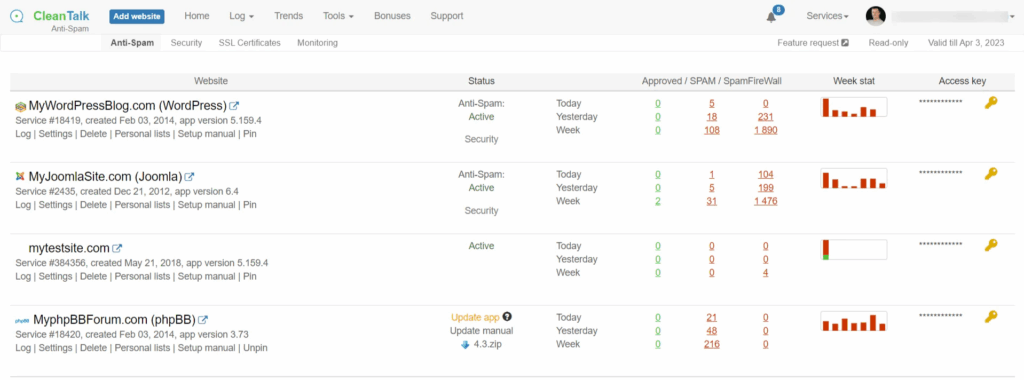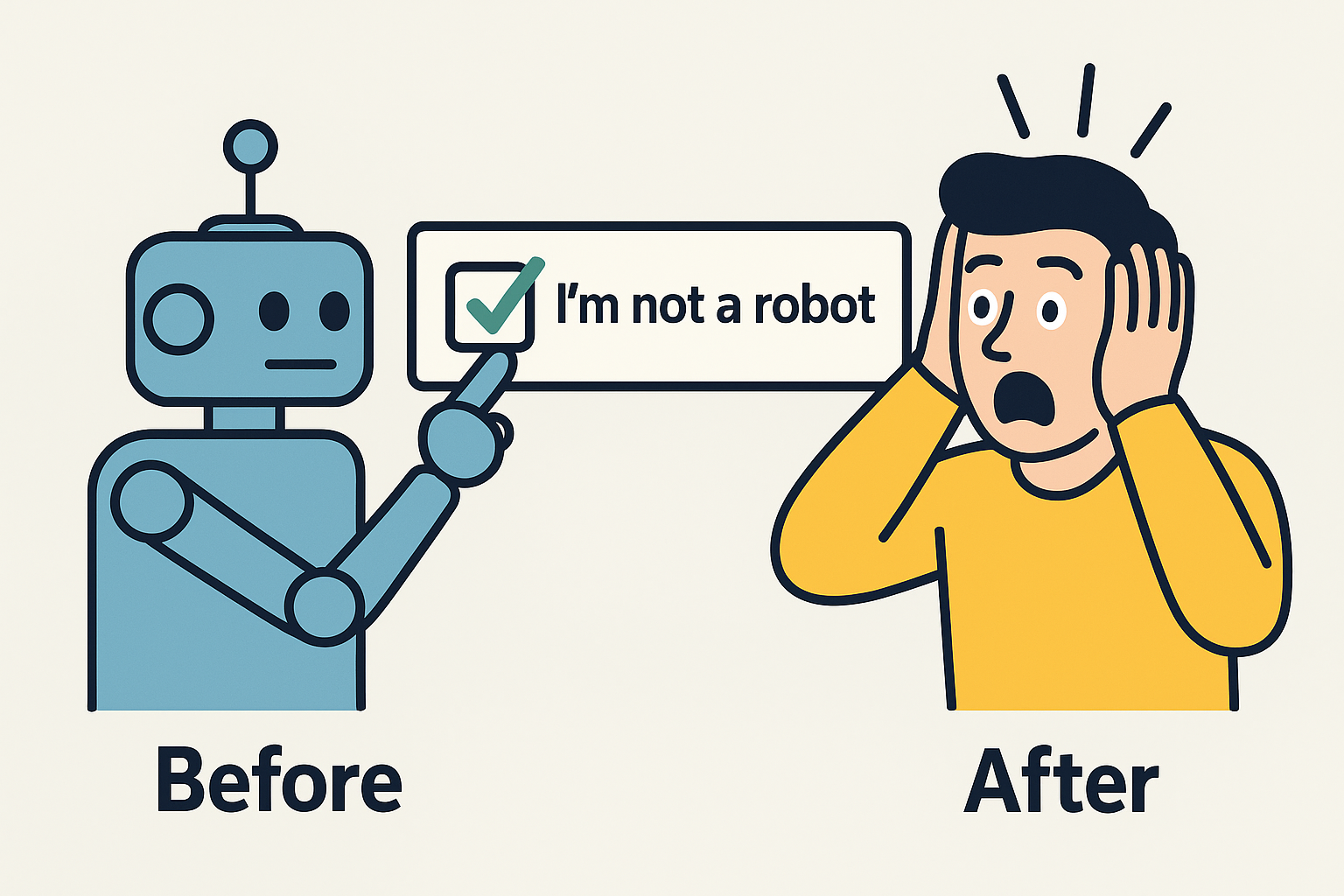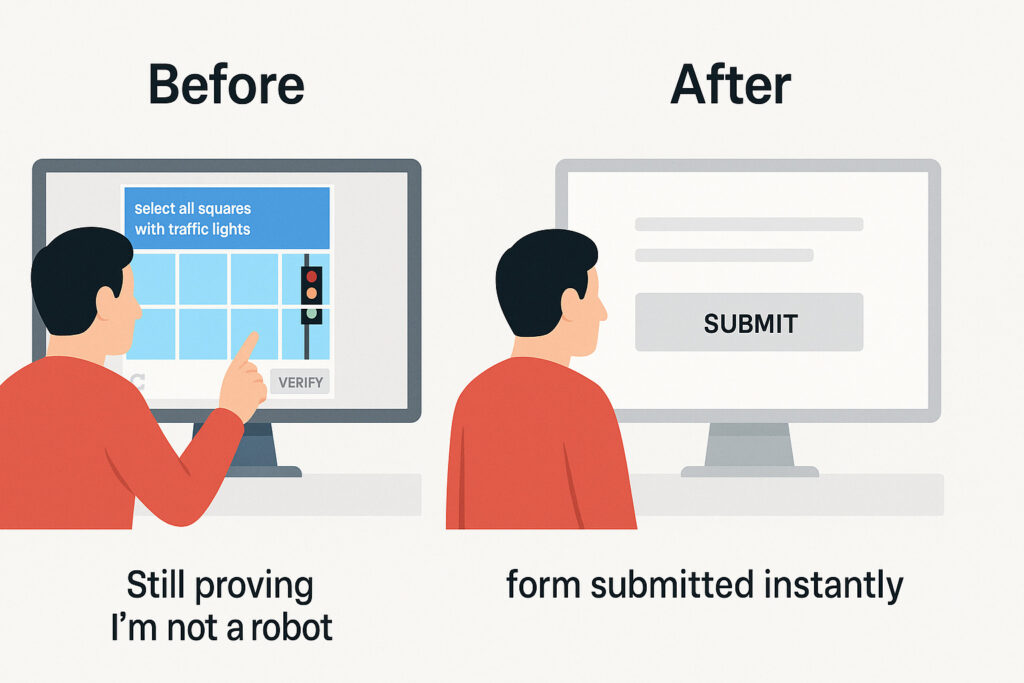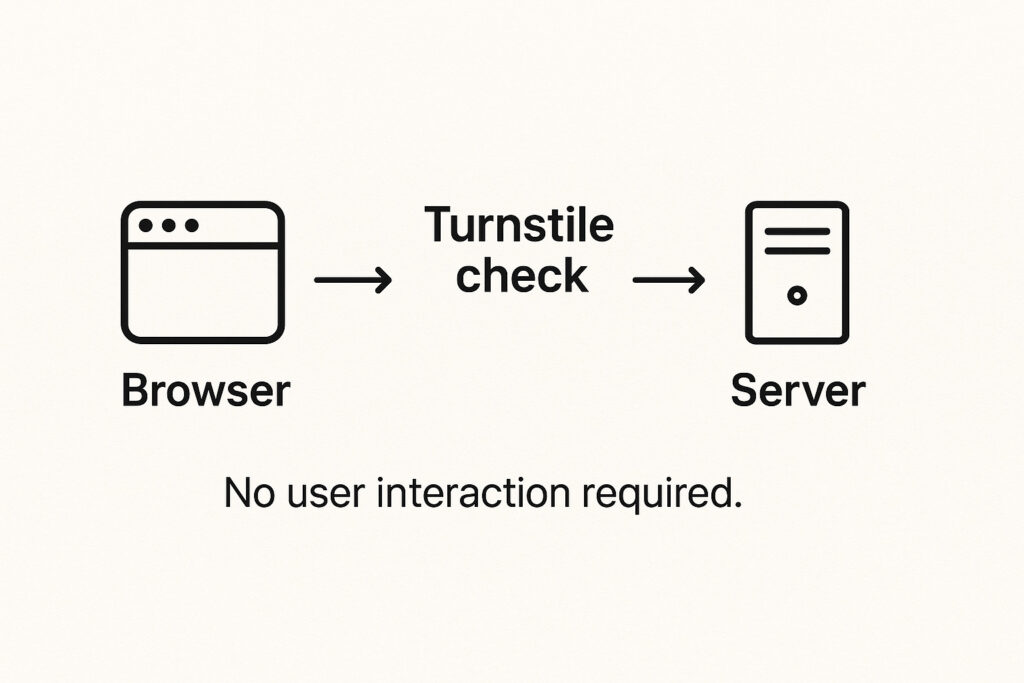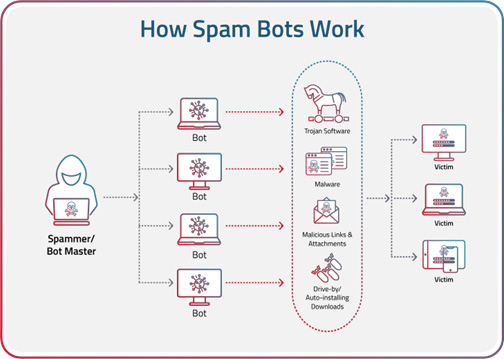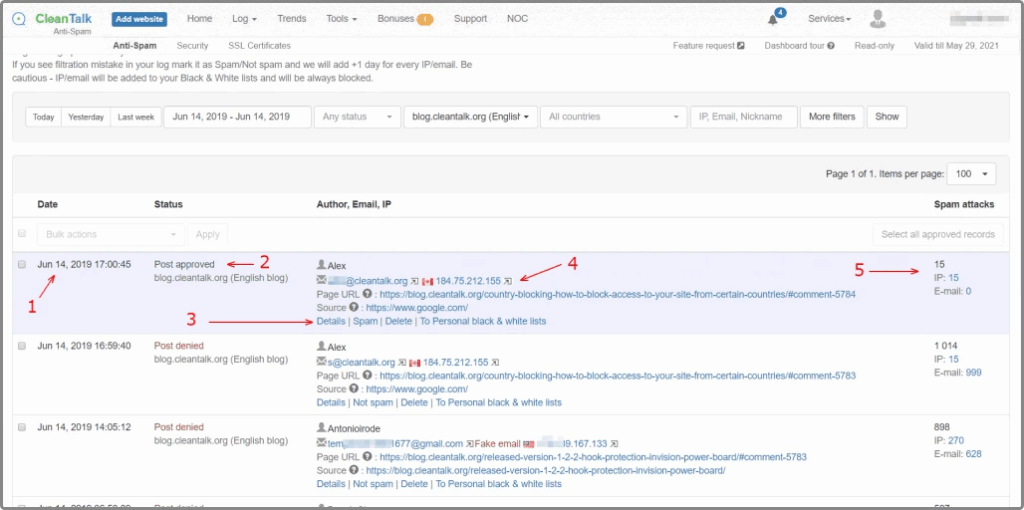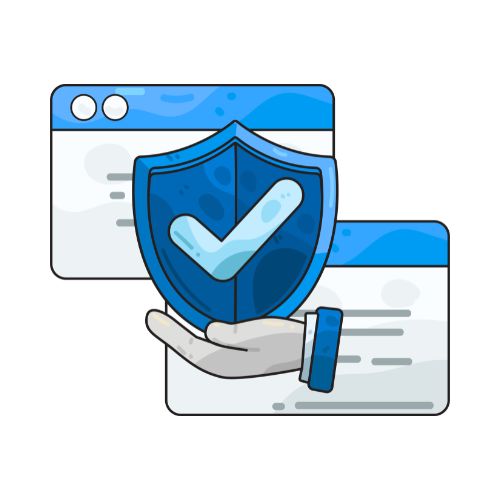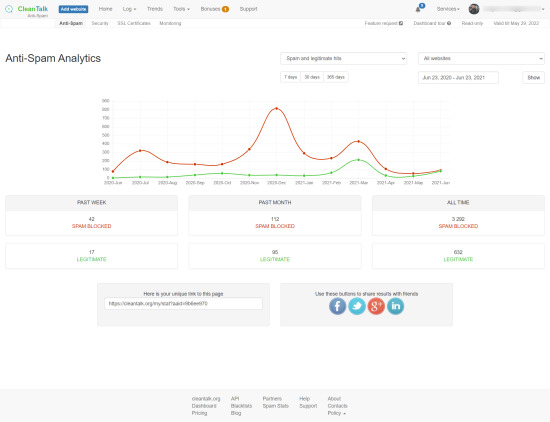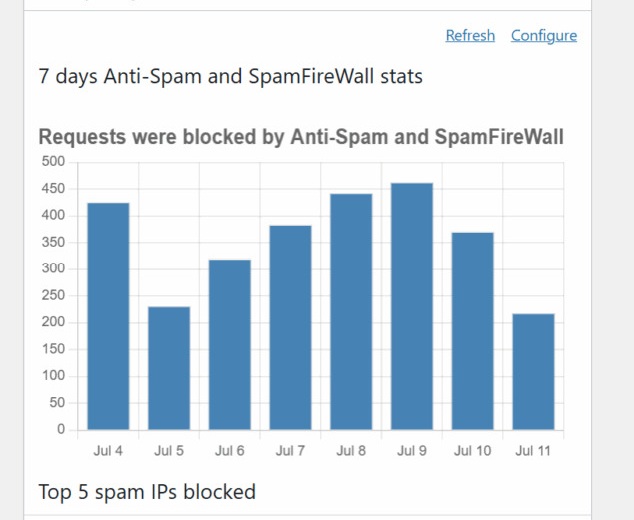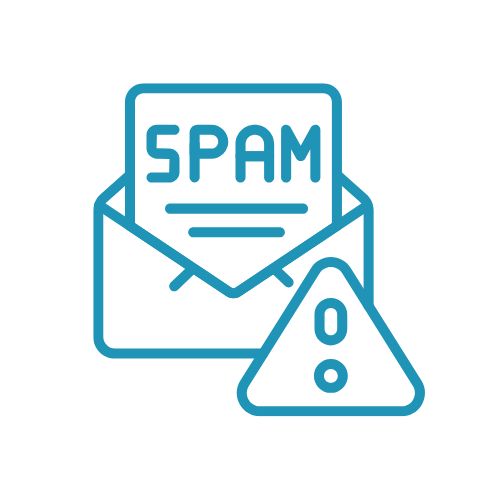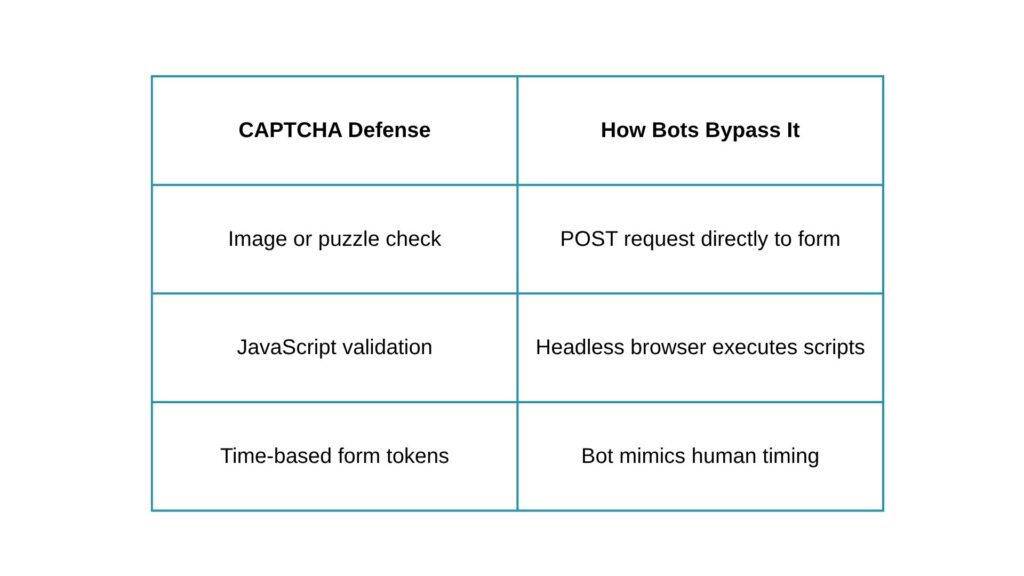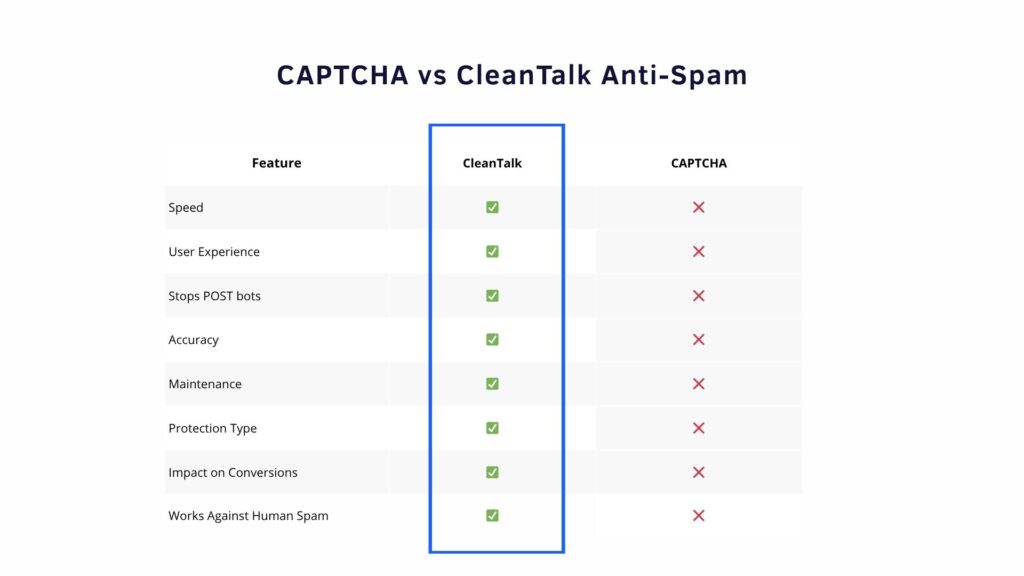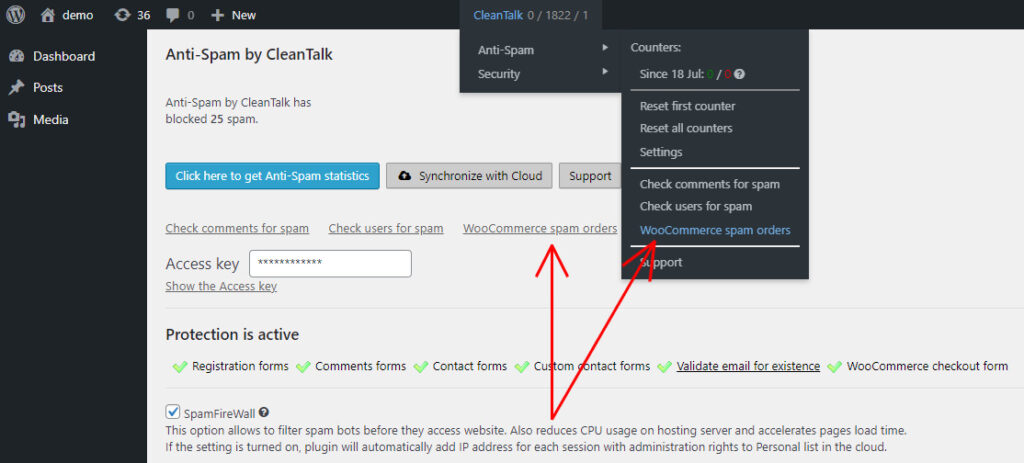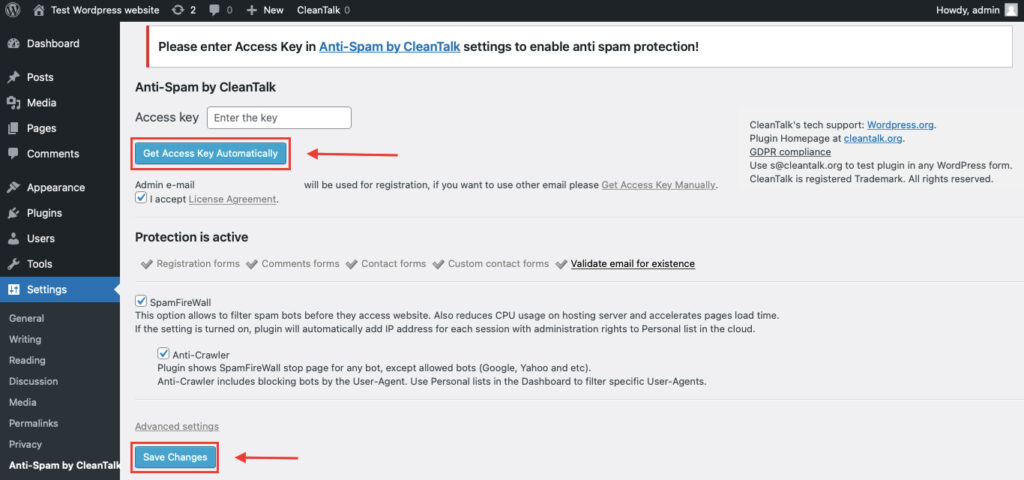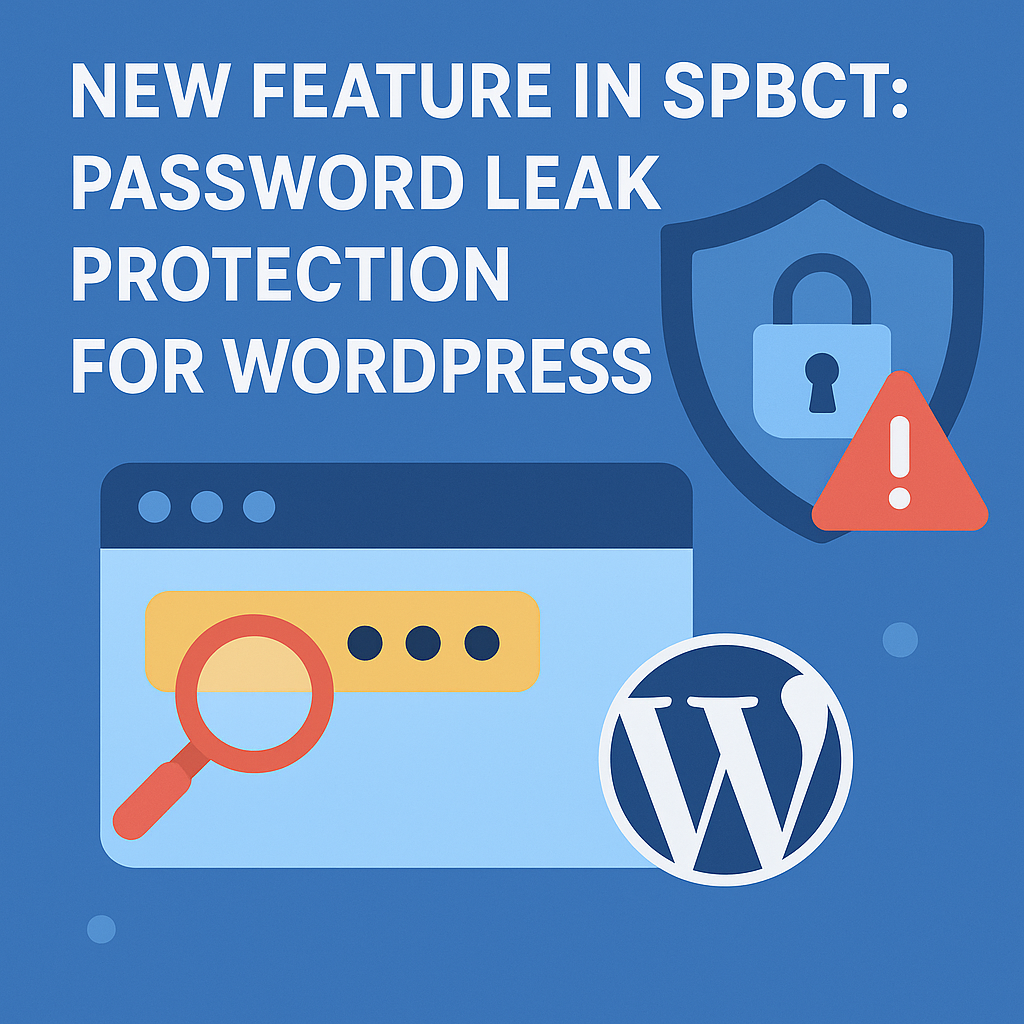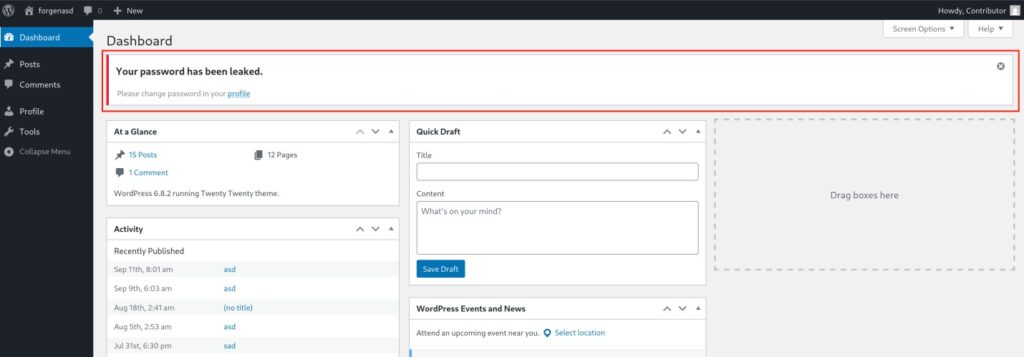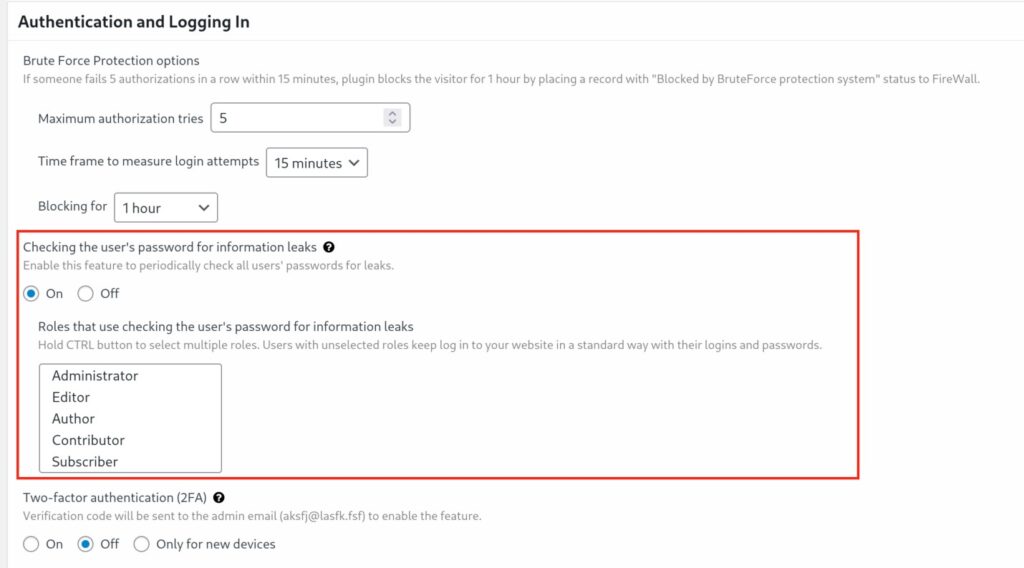Fake and synthetic email addresses are generated by automated systems and do not correspond to real mailboxes. They are submitted through registration forms and subscription mechanisms and may be stored in user databases and mailing lists.
What Is the Fake Email uk*******@*************od.com
The fake email uk*******@*************od.com appears in newsletter subscriptions, promotional forms, and user-registration attempts even though it has no functioning mailbox behind it. The domain is synthetic and lacks MX records, which means it cannot receive mail under any circumstances. Its repeated appearance in bulk sign-ups indicates automated bot-driven activity and a high probability of mailing list contamination.
How Fake Emails Behave
Fake emails of this type typically show up in batches—10, 20, sometimes even 50 at once—making them easy to overlook during high-volume marketing campaigns. Since they are not tied to real users, they never pass double opt-in verification. Any email sent to them results in an immediate hard bounce, which in turn lowers sender reputation.
Over time, these addresses distort core marketing indicators: open rates decline, click-through rates look artificially low, and engagement metrics become unreliable. Marketing platforms highlight this as a leading cause of poor deliverability, noting that even 5–10% invalid emails in a mailing list can reduce inbox placement by 20–40%.
Recent Cases Involving uk*******@*************od.com
Activity logs across multiple websites illustrate the typical lifecycle of the fake email uk*******@*************od.com. On December 1, 2025, it subscribed to a newsletter but did not confirm the subscription. A welcome message sent the following day bounced immediately. Soon after, the address reappeared among a larger set of automated sign-up attempts. A domain check performed on December 3 confirmed that the domain lacks any MX records, confirming that it is technically incapable of receiving email.
Why Fake Emails Harm Your Business
Fake email addresses subtly erode the health of marketing systems. A high bounce rate directly reduces sender score, which email service providers use to decide whether your messages reach inboxes or spam folders. When poor engagement combines with a degraded sender reputation, even legitimate subscribers may stop receiving your emails.
Financial impact accumulates as well. Every invalid address consumes message credits, storage, or monthly email-sending capacity. Services such as Mailchimp, AWS SES, and SendGrid may throttle, restrict, or even suspend accounts that exceed bounce-rate thresholds or repeatedly send to invalid addresses.
How to Check This Email
The simplest way to confirm whether an address like fake email uk*******@*************od.com is legitimate is to use the CleanTalk Email Checker: https://cleantalk.org/email-checker
In addition to the Email Checker, you can review the real-time status of this address in the *******@*************od.com“>CleanTalk Public Blocklist.
The blacklist logs spam activity, failed sign-up attempts, bot-generated submissions, and other indicators associated with synthetic or high-risk emails.
When checked, the system typically reports that the mailbox does not exist, appears in spam-related activity logs, and belongs to a domain with no MX configuration. These indicators classify it as a synthetic, high-risk email.

How to Protect Your Mailing List
To prevent contamination, new sign-ups should be validated at the moment of submission. Real-time validation removes invalid, disposable, and spam-linked addresses before they enter your CRM or marketing system. Existing mailing lists should also be reviewed periodically, ensuring that outdated or non-existent mailboxes do not degrade campaign performance.
CleanTalk Anti-Spam adds an additional layer of security by stopping bots before they can feed synthetic addresses into your database. To maintain a clean and reliable mailing list, marketers are advised to re-verify subscriber lists every 3–6 months, depending on campaign volume and lead generation sources.
Conclusion
The fake email uk*******@*************od.com represents a growing class of automated, synthetic addresses that quietly damage mailing list integrity. By increasing bounce rates, reducing sender reputation, and consuming valuable sending resources, these emails can undermine even the most carefully planned campaigns.
CleanTalk Email Checker provides a reliable way to detect and block such emails, ensuring your mailing lists remain accurate, healthy, and fully protected from automated abuse.






